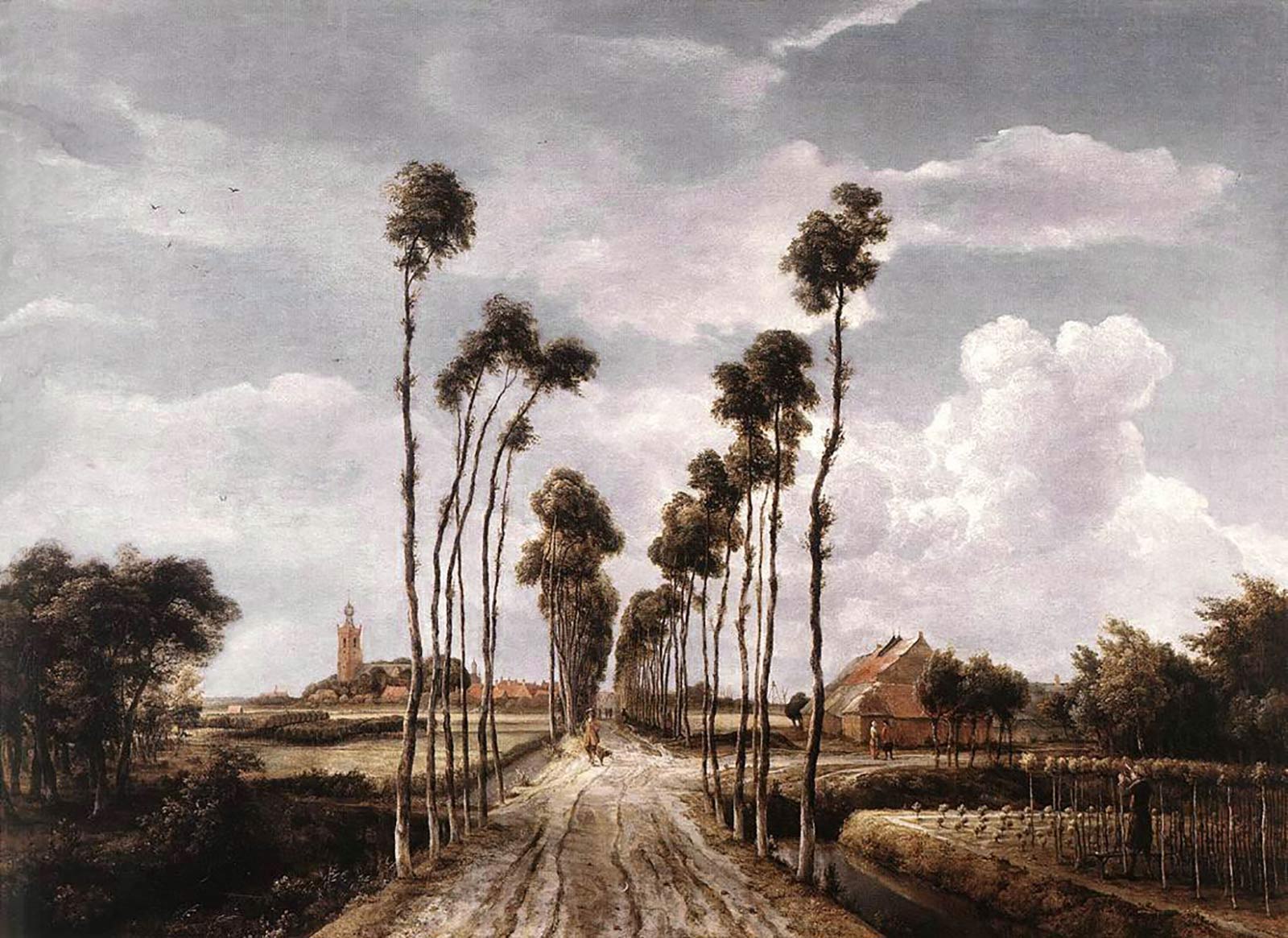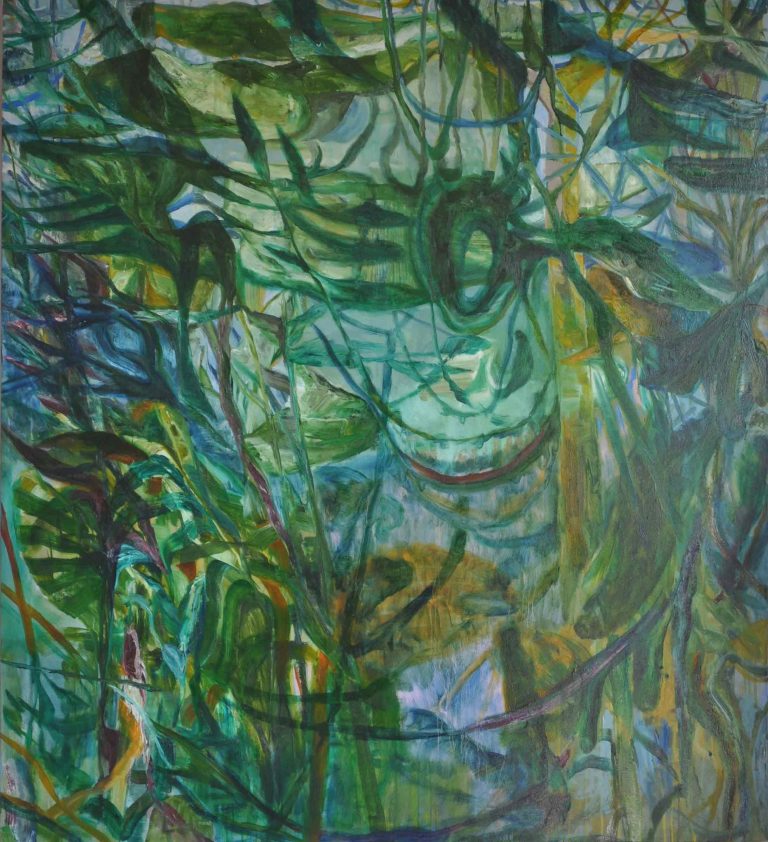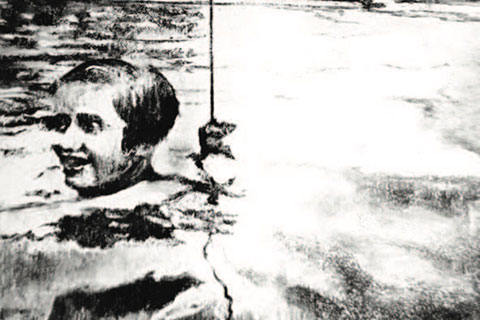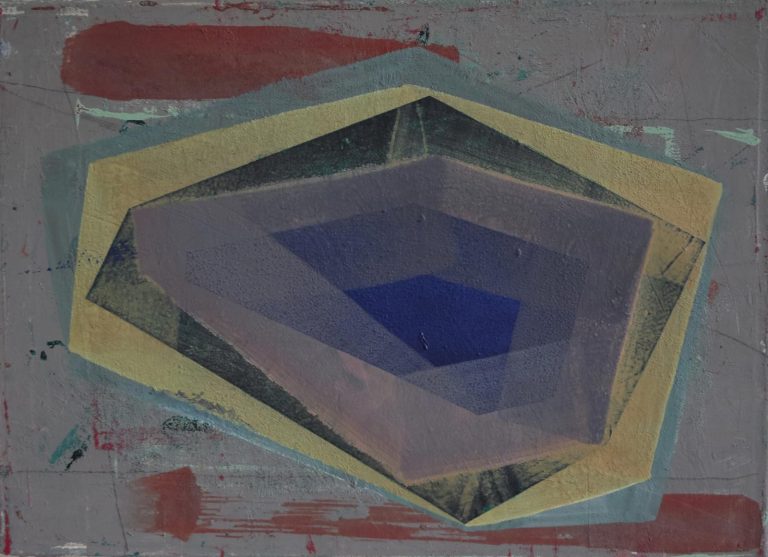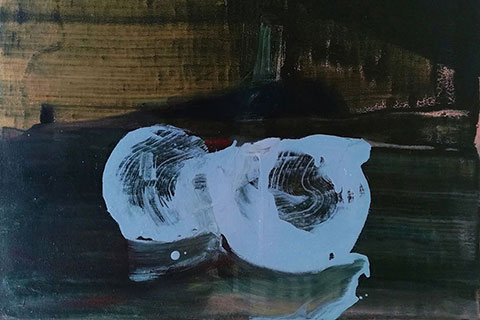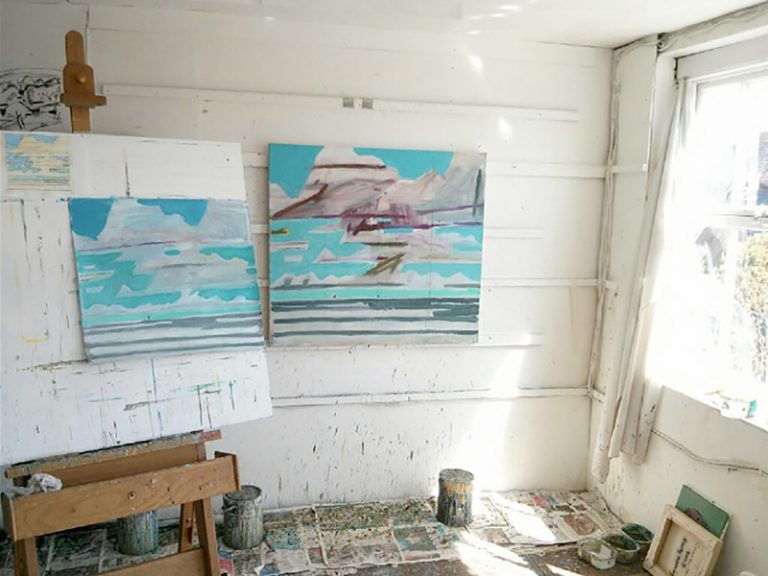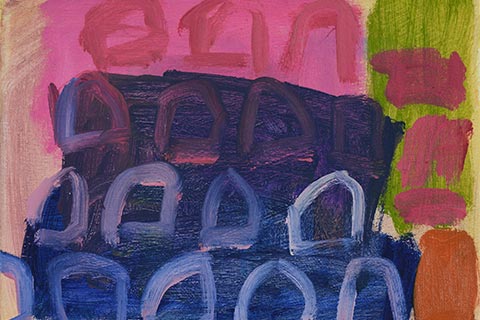Depth of Field
By David Page
In this short article David Page looks at and into the picture space, considering the depth behind, in and before the surface of the painting…
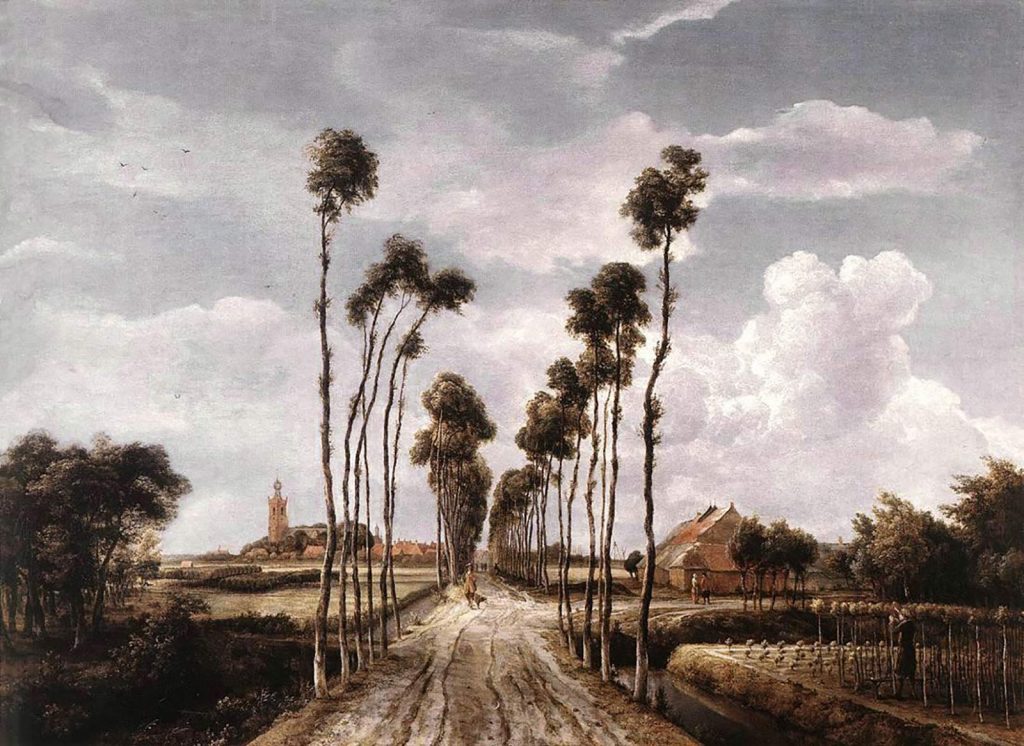
Introduction
What we used to call Modern Art has set itself a number of problems. Perhaps ‘problems’ is also a misnomer, because they do not entail absolute solutions. One of these ‘problems’ then is the depiction or creation of space before, behind or on the picture plane itself.
Looking at the scene we perceive space: how do we map these three dimensions onto a two dimensional surface so as to induce a recognition in the onlooker? Pre-Renaissance painting employed a shallow space behind, or on, the picture plane in which relatively two dimensional figures and buildings were arranged parallel to the picture plane – behind, but not very far behind. So that these images in shallow space co-exist happily with shallow relief – carved and gilded frames on altar-pieces, for instance.
Renaissance painting employing perspective introduces a potentially very long space behind the picture plane, with forms set at any angle to the canvas. The frame becomes a window containing a view to infinity, denying the flatness of the canvas, and that of any surface the image sits on: a Renaissance painted ceiling seeks to destroy the architectural form it sits on, punching holes into space beyond
Abstract colour field painting, according to some of its practitioners (Heron for instance), proposes a space created in front of the canvas. Devices which might suggest recession – overlap etc – are avoided. Here we have used the optical term Depth of Field as a portmanteau for this ‘problem’ of space.
Painters nowadays are not obliged to choose one category of spatial use, or to commit themselves exclusively to one system: indeed, the currently favoured trend is towards a heterodox approach.
These concepts are rather abstract unless you are looking at an actual picture, when they become simple enough. But do we sit around, you might ask, thinking about them and construct our construct our paintings from this cogitation? Of course we don’t! Painting is an intuitive activity which is done, with the help of instinct, from the part of the brain which we know is there, but cannot entirely control: the area which provides the ‘Ah ha’ experience, the ‘Eureka!’ of Archimedes. But as we try to say something we are nonetheless conscious, among other things, of the problem of space, or try to find out what we want to say, to the onlooker. Even our instincts have been trained by our immediate predecessors.
Like most of my generation I inherited pictorial preferences from the Cubists, so that I tend to tilt horizontal surfaces up towards the picture plane, and try always to preserve the integrity of the surface. But I am fascinated by perspective – Hobbema’s The Avenue, Middelharnis is a great favourite, and Breughel’s Hunters in the Snow, which seems to contain perspective rather than being moulded by it. In my small painting Little Bridge in Snow, for instance, the perspective of the bridge is countered by the iconic shape in the middle, like a Japanese character, and the rods and lines anchored to the top frame, so that depth is both asserted and denied.
David Page, 22 November 2012



